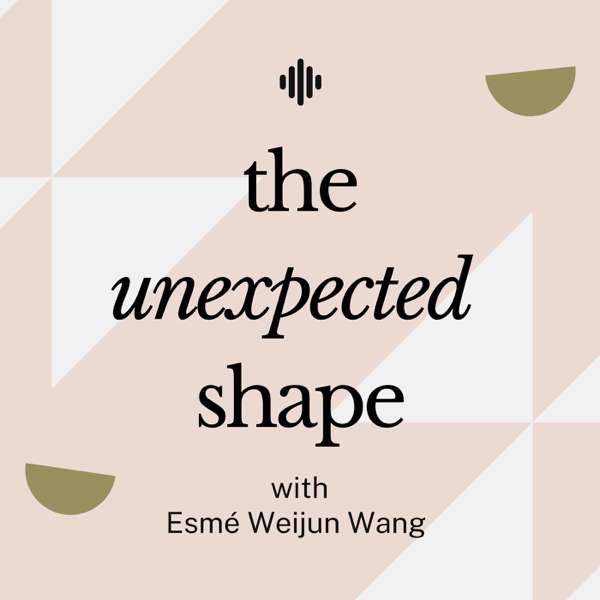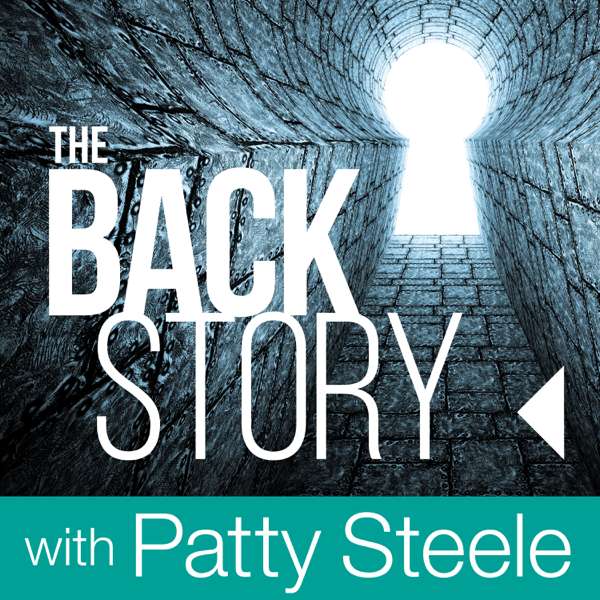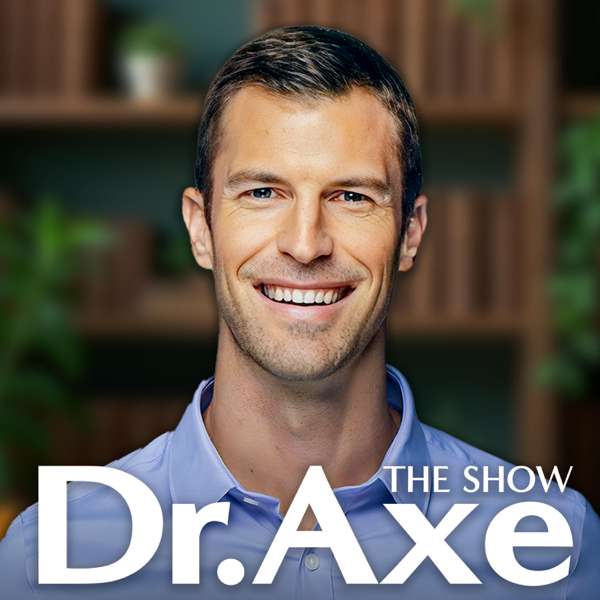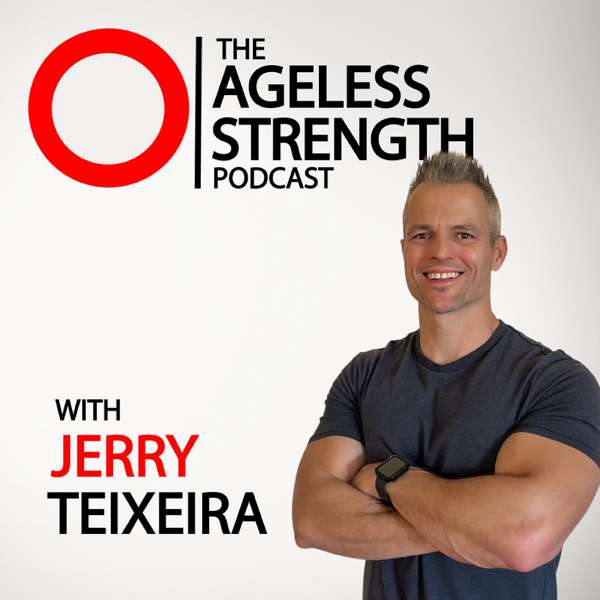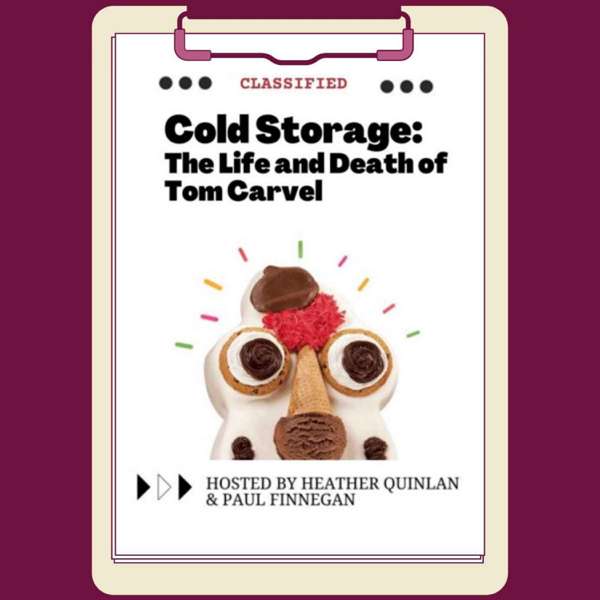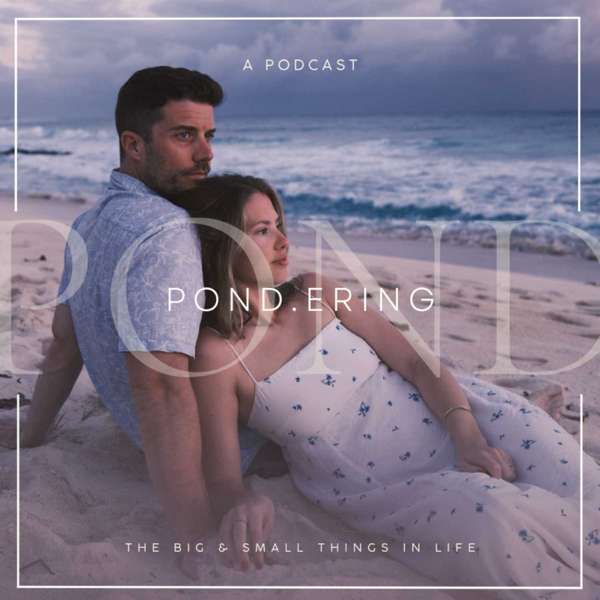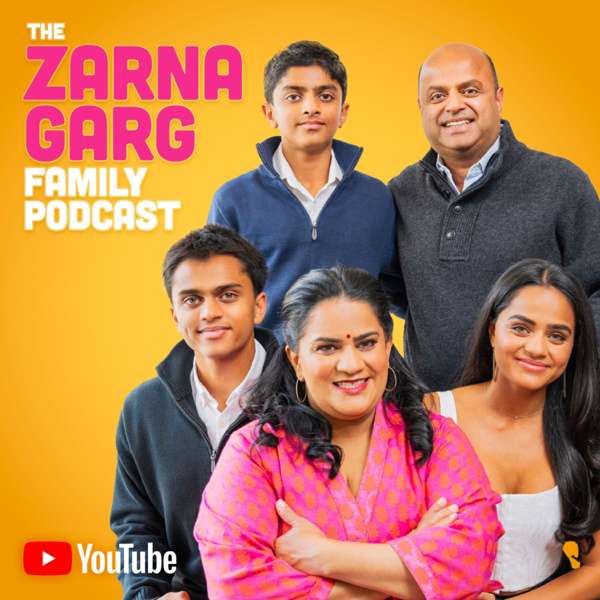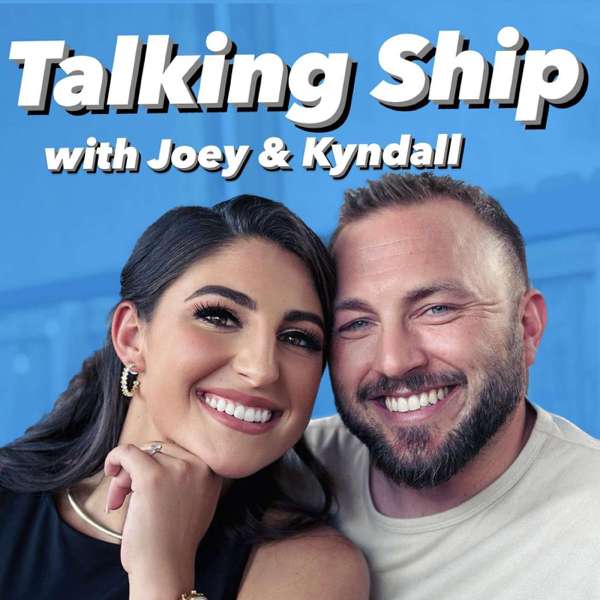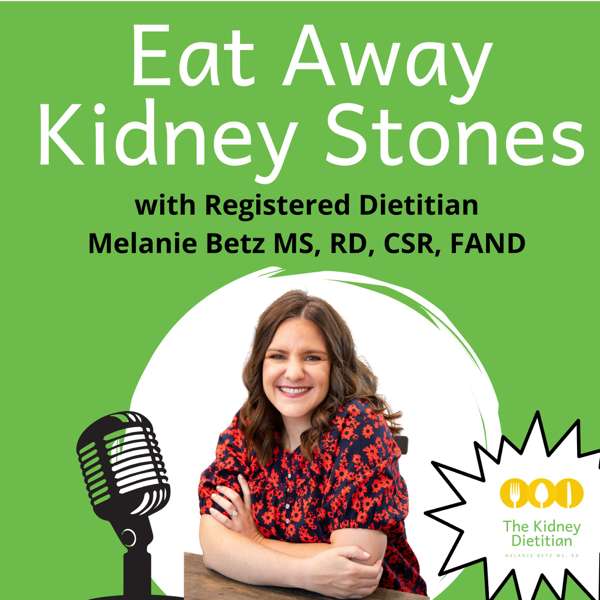Welcome to "Psychologie of Home ," the only show that will make you laugh, think and occasionally cry, while bridging the intersection of life and home. Because, after all, home matters. Hosted by Kami Gray, an experienced interior designer with over 12 years of expertise from Portland, Oregon, this podcast takes you on a captivating journey through the world of interior design.
Kami, the owner of Psychologie of Home Design School and Kami Gray Interiors, brings her wealth of knowledge and passion for design to every episode. Through engaging interview-style conversations with design school students and homeowners, she delves into various design-related topics, offering insights, tips, and inspiration to listeners.
But this show is more than just about aesthetics. It's about the emotional connection between people and their homes. Kami believes that our living spaces play a significant role in our lives, impacting our well-being, happiness, and memories. That's why she aims to bridge the gap between design and personal experiences, creating a podcast that is both informative and emotionally resonant.
In each episode, Kami and her guests explore the latest design trends, practical tips for creating beautiful and functional spaces, effective space planning, color schemes, furniture selection, lighting techniques, and more. They also dive into the emotional aspects of design, discussing how our homes reflect our personalities, values, and aspirations.
But it doesn't stop there. Psychologie of Home is interactive and engaging. Kami takes design questions from her guests, offering personalized advice and solutions to design dilemmas. Whether you're a design student seeking insights from industry professionals or a homeowner looking for inspiration for your next project, this podcast has got you covered.
So, join Kami Gray on "Psychologie of Home" as she combines humor and heartfelt conversations, making you laugh and occasionally cry. Together, let's explore the fascinating world of interior design, where the intersection of life and home creates spaces that truly matter.
Follow Kami Gray over on Instagram :
https://www.instagram.com/psychologieofhome/
Subscribe to Psychologie of Home YouTube :
https://youtube.com/@PsychologieofHome
Read More

 Our TOPPODCAST Picks
Our TOPPODCAST Picks  Stay Connected
Stay Connected




